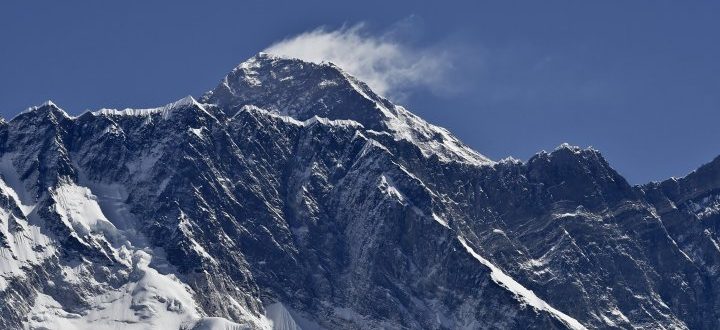Get In-depth Biotech Coverage with Timmerman Report.
26
Oct
2017
VIDEO: Climbing Mount Everest to Support Cancer Research at Fred Hutch
Hi, I’m Luke Timmerman, a biotech journalist.
I’m carrying my 80-pound training backpack, up and down the hills of Seattle, for a reason.
I’m training to climb Mt. Everest, the highest mountain in the world, in 2018.
Why do this?
Of course, I love the mountains.
But mostly, I’m doing it to support the top-notch research at the Fred Hutchinson Cancer Research Center. I’m doing it to support my hometown of Seattle. And I’m doing it to support science itself.
As a biotech journalist for 15 years, I’ve had the privilege to meet scientists around the country doing amazing work. I see a cancer revolution happening. Immunotherapies are emerging that harness the power of the immune system to attack cancer cells much like the viruses and bacteria that we fight off every day. Fast DNA sequencers and other sensitive instruments are making it possible to detect cancer earlier than ever before, when it’s most easily treated.
Fred Hutch is at the leading edge of cancer cures. Their pioneering research is helping people with many types of cancer live longer, and lead better lives. We’re seeing just the beginning of what is possible.
We can’t let up — especially during this time of so much thrilling progress.
So I ask you to please give generously to this important cause at a crucial moment in time.
Let’s take this all the way. Donate to the Climb to Fight Cancer at Fred Hutch, and you’ll help scientists push to the top of the mountain – the cure.

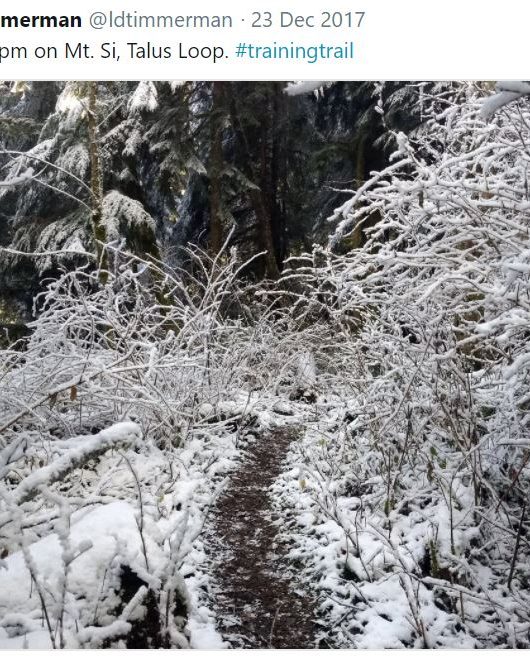
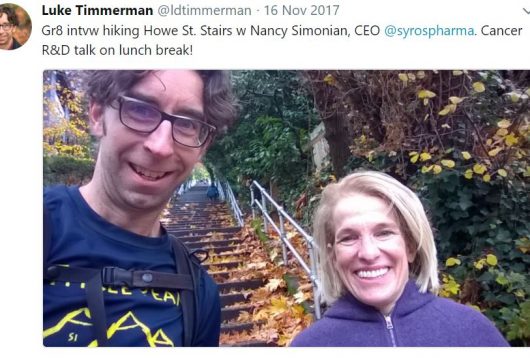
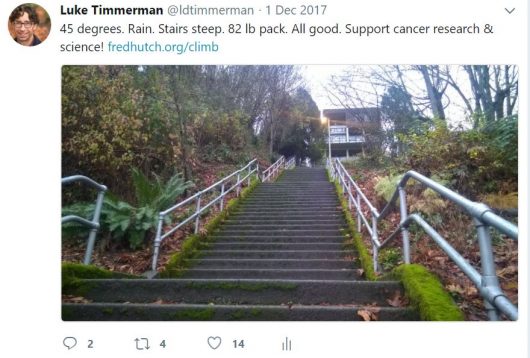
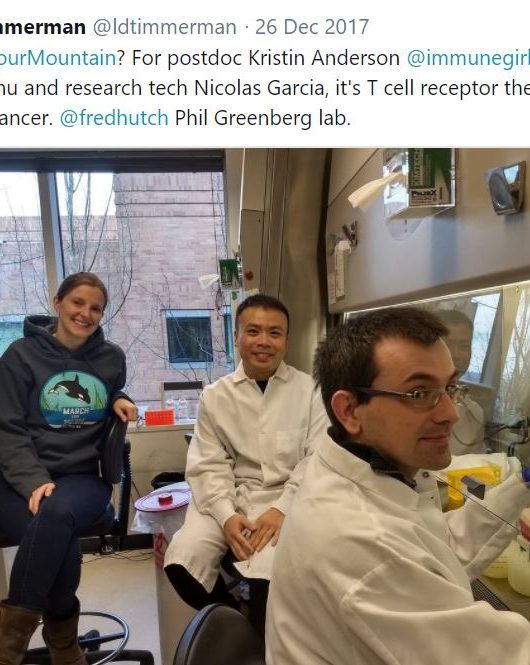
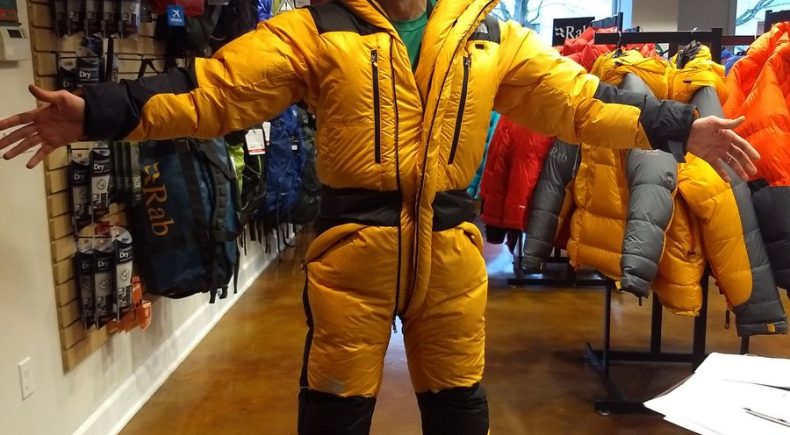
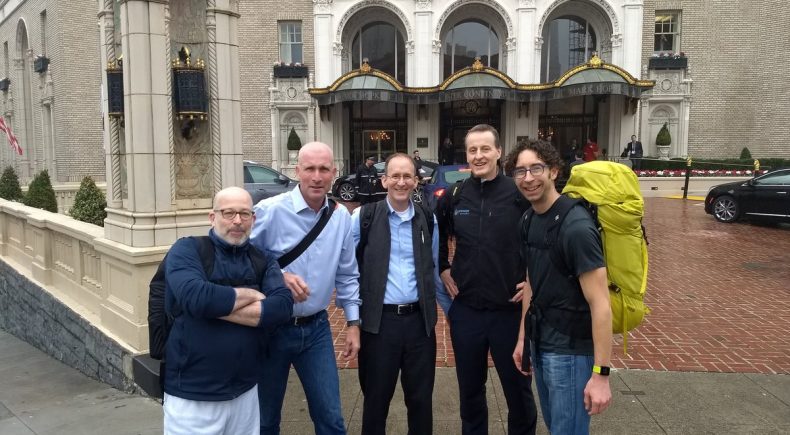
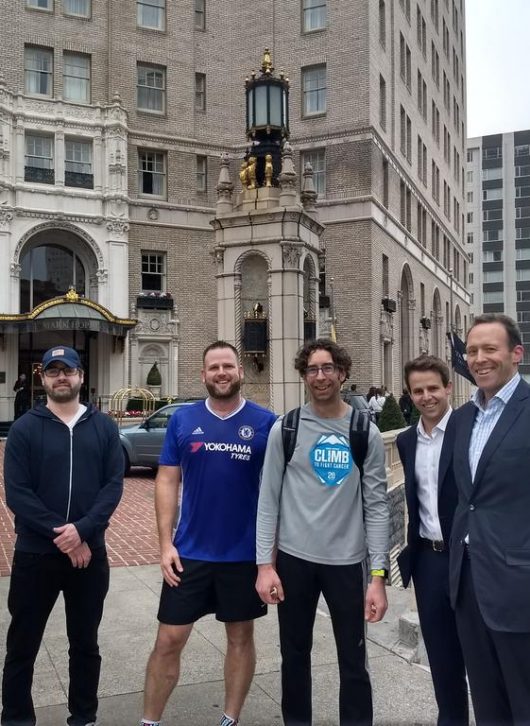
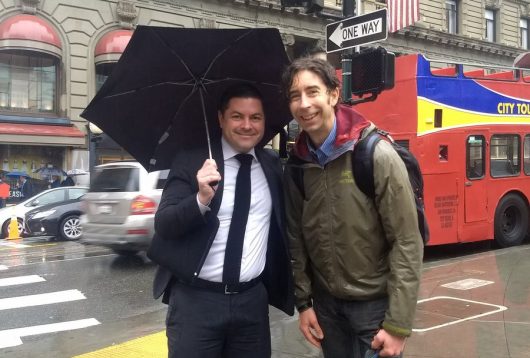
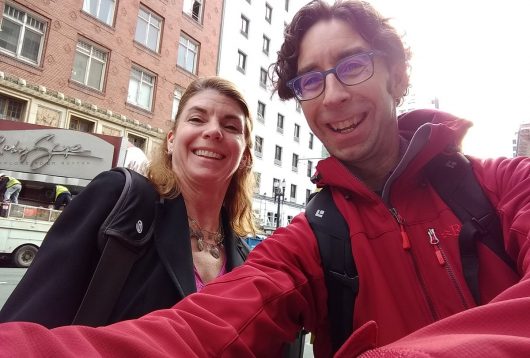
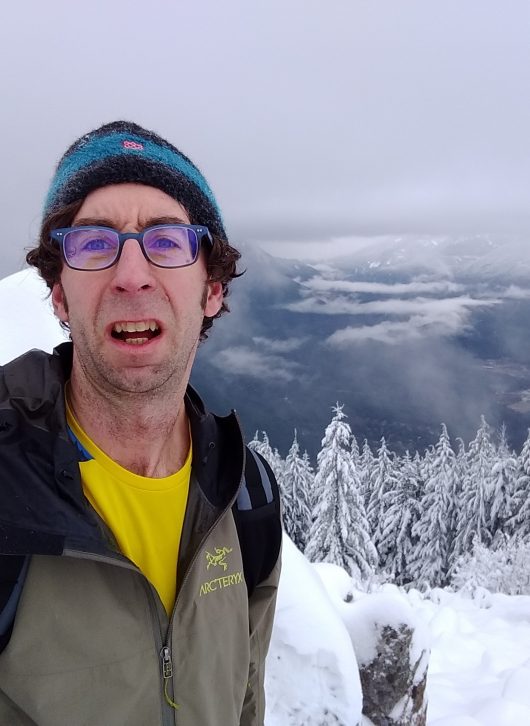
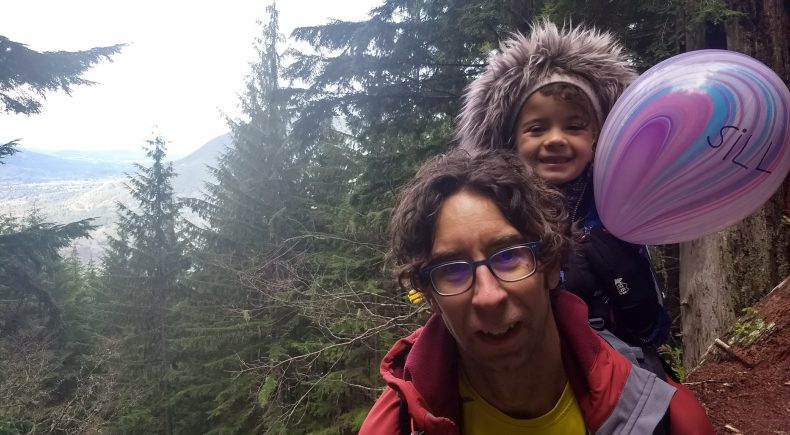
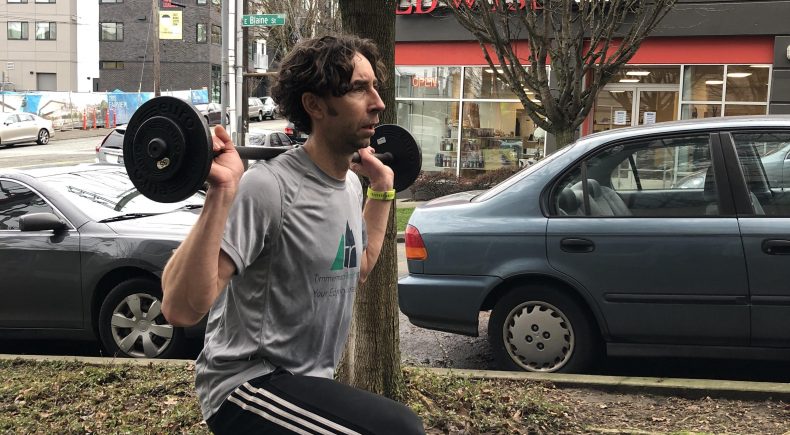
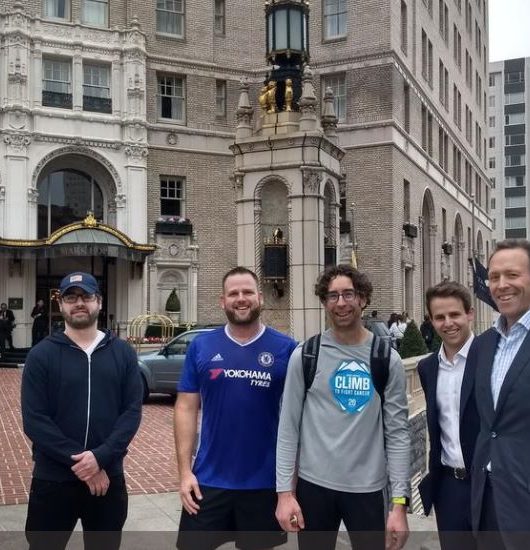
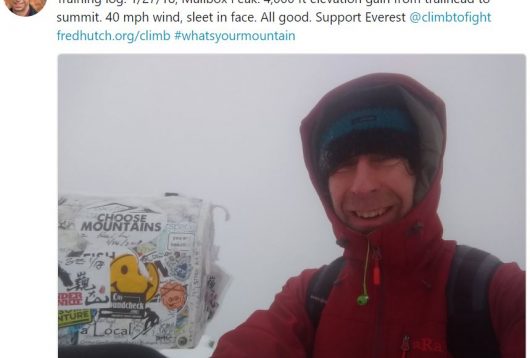
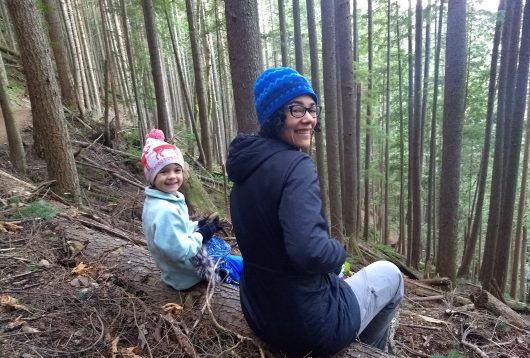
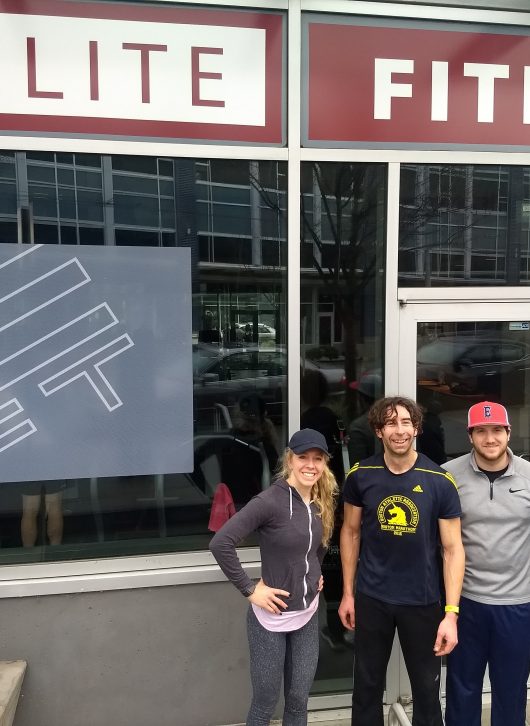
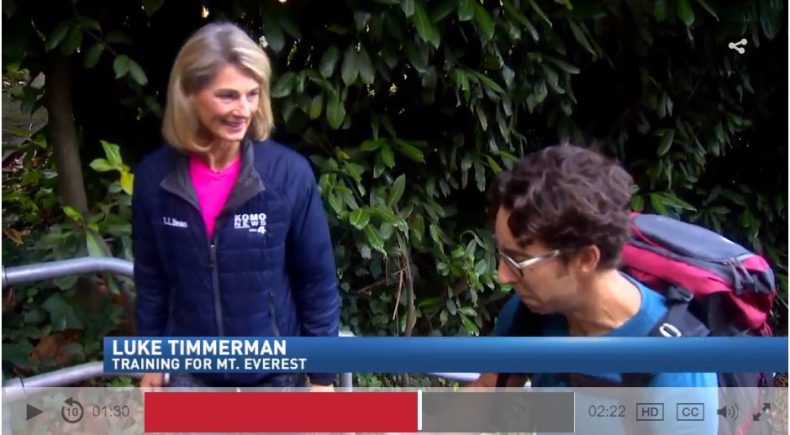
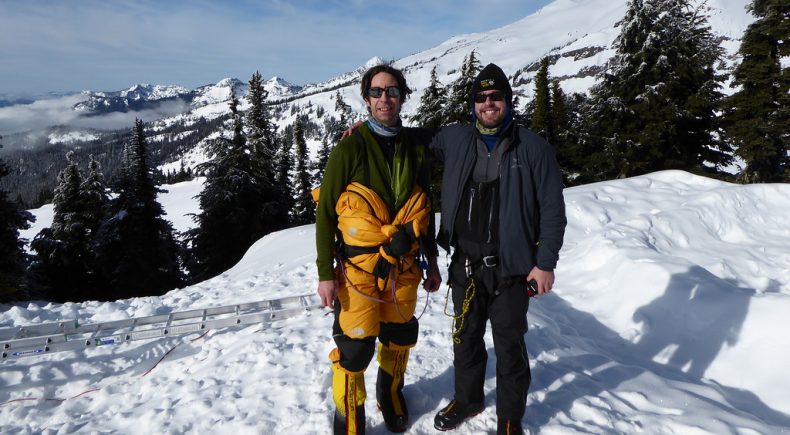
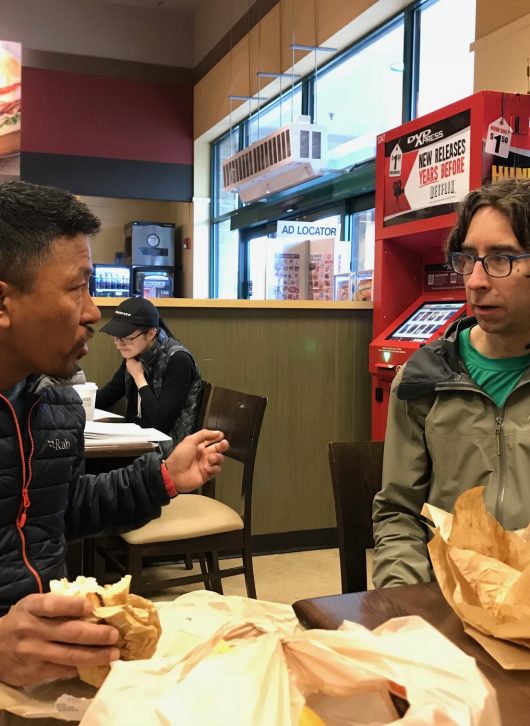
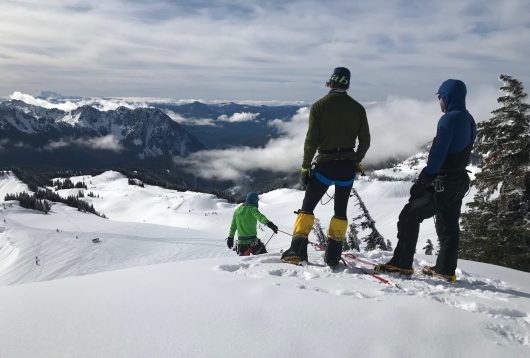
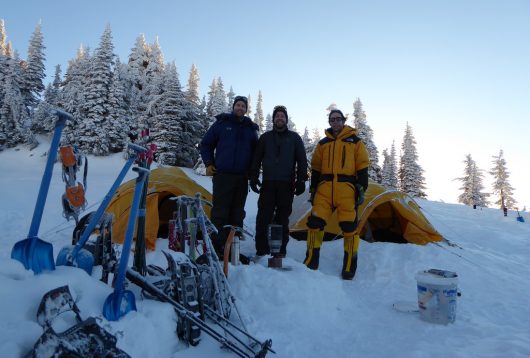
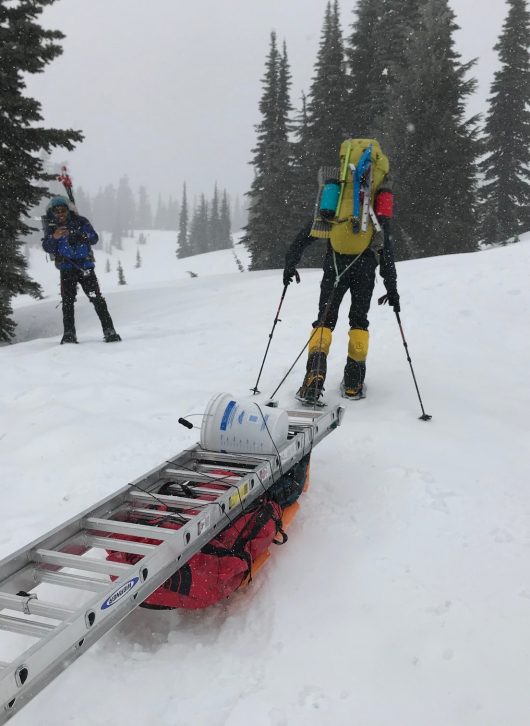
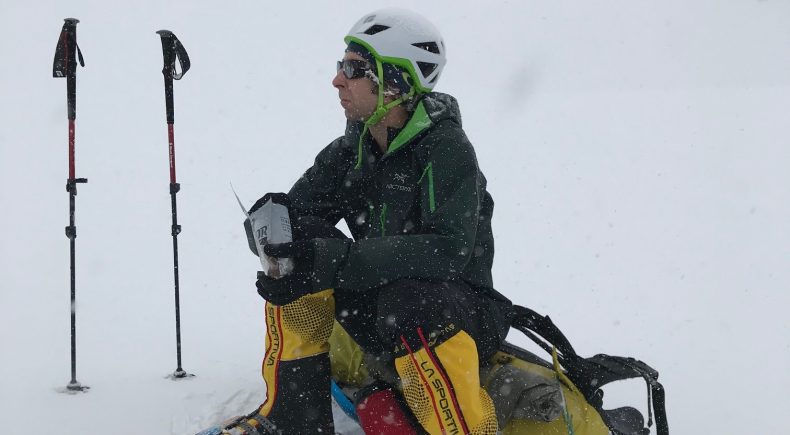
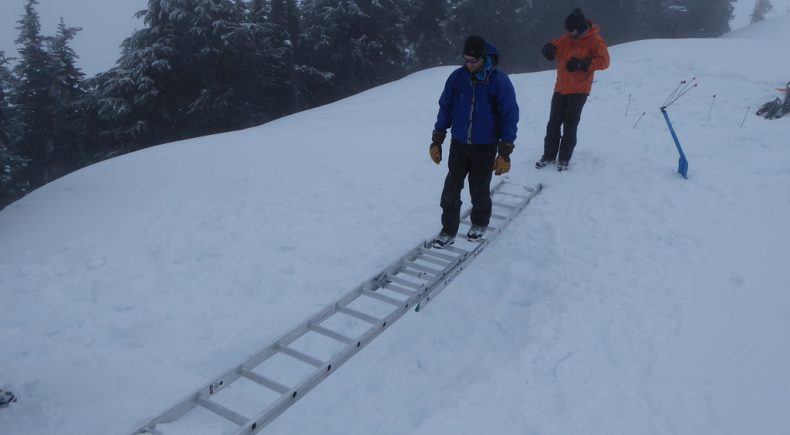


 Advanced Base Camp Sponsors:
Advanced Base Camp Sponsors:










